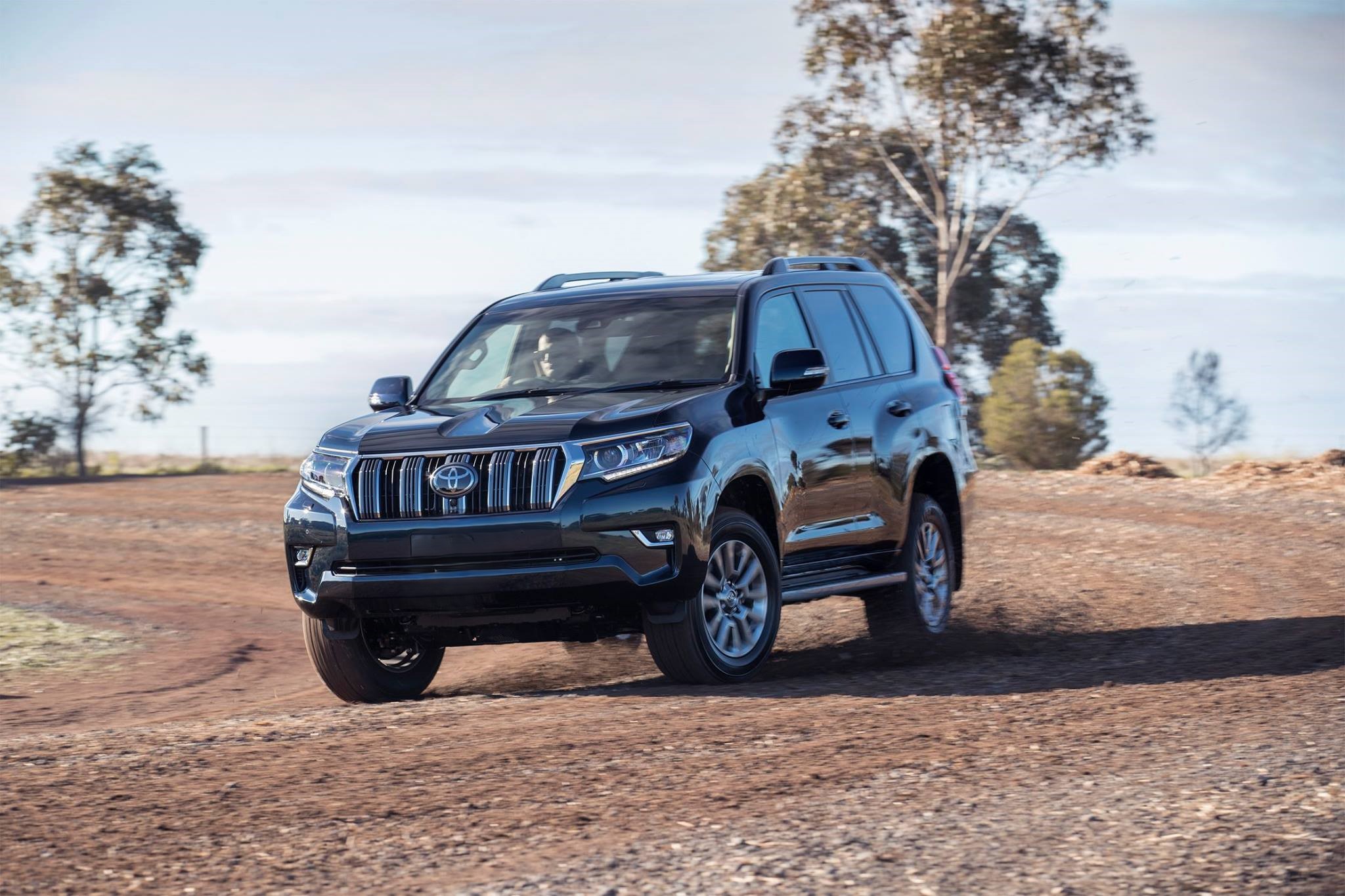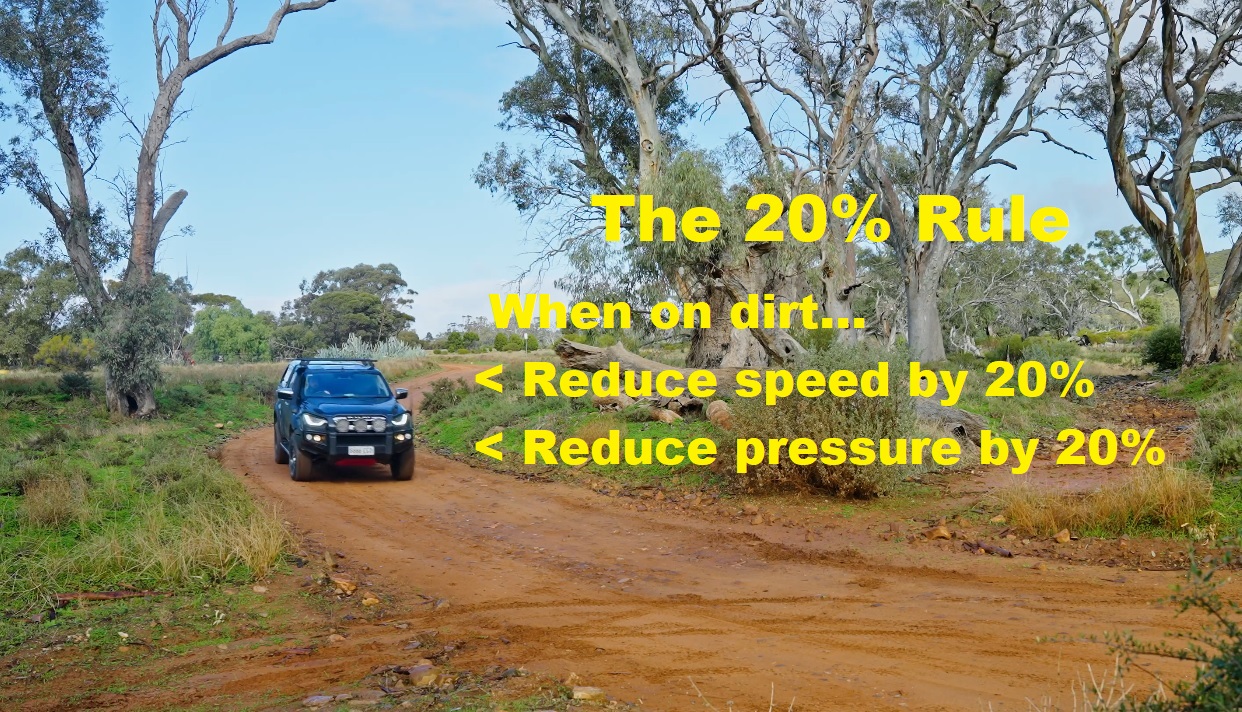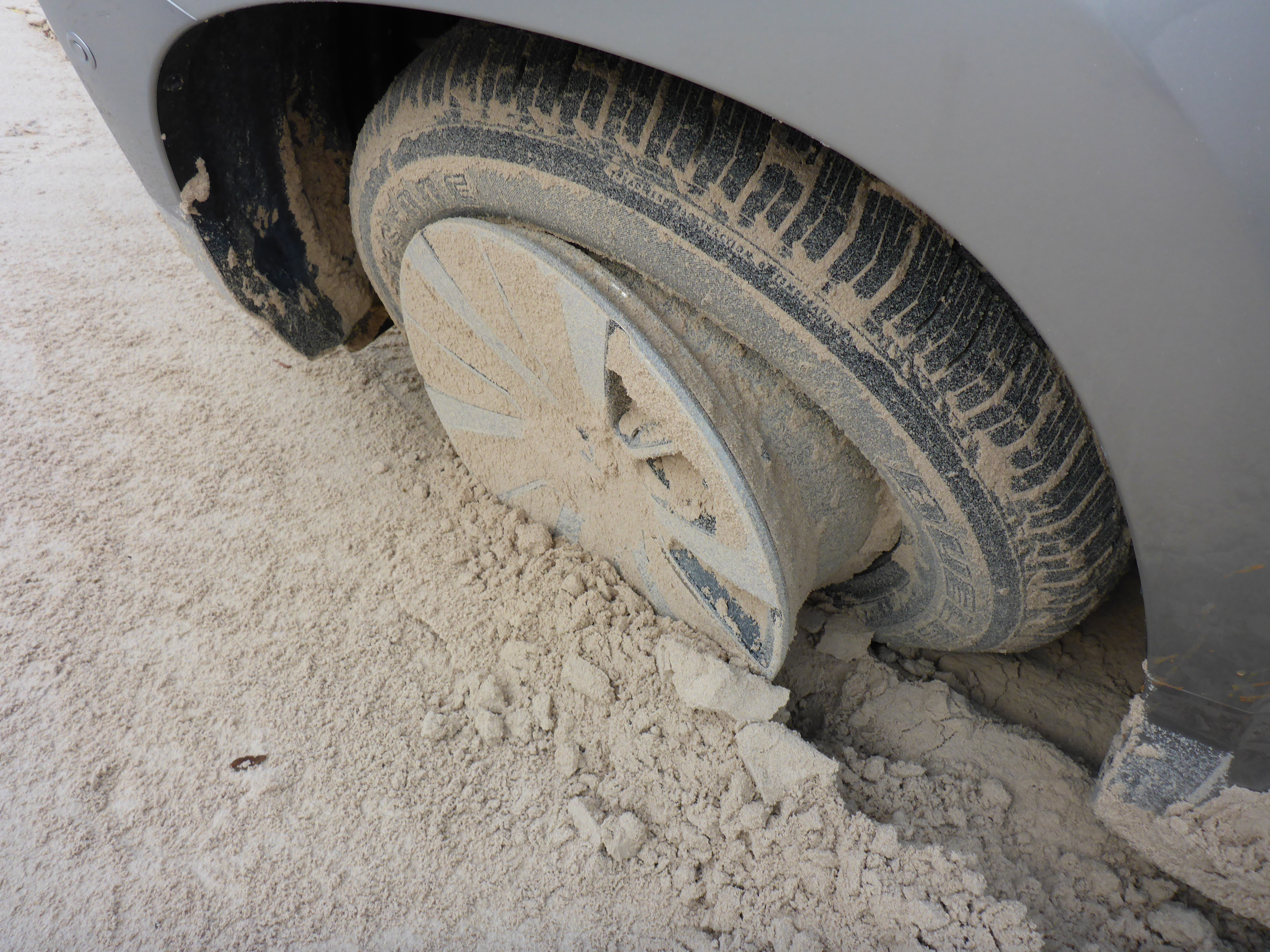How a few smart habits can save your rubber, and your wallet!
Toyo Tires build quality tyres to suit just about every vehicle you can imagine. Their products are backed by decades of engineering know-how and real-world success. But even the best tyre in the world can be ruined by poor driving habits. Longevity isn’t just about the rubber. It’s about the driver behind the wheel.
Here are seven proven techniques to help you get the most out of your tyres and avoid unnecessary damage.

1. Use 4WD - properly and often
One of the most common mistakes I see out on the dirt is people not using their 4WD system to its full potential. Just take a stroll outside any country pub and check the rear tyres on the parked 4WDs. Chipped, torn, and worn down far more than the fronts.
Why? Because on-road, whether it’s a part-time or full-time system, the drive bias sits heavily at the rear. In most utes, it’s 100% rear; in many wagons, it might be 70%.
When you belt down a dirt road in 2WD, grip is lost, the rear wheels spin, and the tyres cop a hammering. Even though tyre engineers build some durability into their tread compounds, there’s only so much they can account for. Driver input makes all the difference.
The fix? Engage 4WD.
In my D-MAX, I simply straighten the front wheels, lift off the throttle, dial into H4, check the dash light, and carry on. On something like a Prado, it’s as easy as pressing the centre diff lock. No need to stop. It’s free. Use it.
2. Slow down on dirt roads
Yes, you can engage 4WD at speeds up to 100km/h—but should you?
High speeds on dirt increase tyre wear and exponentially increase the risk of a crash. The faster you go, the harder the tyres work, and the higher the chance of a puncture or blowout.
3. Apply the 20% rule
I’ve taught this one for decades:
Drop tyre pressures and speed by 20% on dirt roads.
Let’s say your placard (or Steve Burke’s wise recommendation) says 250kPa (36psi) on-road. Drop that by 20%, and you’re at 200kPa (29psi). Cap your speed at 80km/h. You’ll gain flexibility, better grip, reduced tread damage, and a far more controlled drive.
Less pressure = more give. Less speed = less impact. It’s that simple.
For more on this, read the write-up on Airing Down here.

4. Embrace low-range 4WD
When the track turns steep, soft, or rocky, get into Low-Range 4WD. It’s there for a reason.
I still see people powering through technical tracks in High-Range, bouncing off rocks and spinning tyres unnecessarily. That’s not just rough on the track—it’s brutal on your tyres.
Low-Range multiplies torque and slows the vehicle down, giving you time to pick your line and avoid tyre-snatching hazards like tree roots, sharp rocks or deep ruts.
5. Match pressure to the terrain
As conditions change, so should your pressures.
If the track gets worse—deeper ruts, more rock, or shifting sand—drop your pressures further and lower your speed accordingly. A more flexible sidewall absorbs terrain better and gives your tyre a longer, grippier footprint.
Too much pressure off-road is a sure-fire way to get staked. And if you’re running a tyre with a genuine 10-ply light-truck carcass, you’ve got even more protection—but you still need to play your part with pressure.
6. Respect momentum, but don’t rely on it
My old man used to say, “Sometimes an ounce of momentum is worth a ton of traction.” And he wasn’t wrong. Sometimes, a little speed helps carry you through.
But too much throttle in the wrong spot—like just before a rock step or in a tight climb—can be your undoing. You’ll break traction, start bouncing, and quickly lose control. That’s when tyres get torn up or thrown off rims.
Use momentum wisely—apply it gently, not aggressively.
7. Avoid wheelspin at all costs
If you’re spinning wheels, you’re losing control and chewing through tyres. Tyre damage from spinning doesn’t just reduce tread—it weakens the entire structure. Think about the last time you climbed something rocky and lost grip halfway—how much bounce and energy did that tyre have to absorb?
Traction is always better than wheelspin. Slower, smarter inputs help your tyre stay connected and working with the terrain—not against it.
Final thoughts
Tyres don’t wreck themselves. A lot of what goes wrong off-road comes down to pressure, speed, and smart use of 4WD. Learn to read the terrain, adjust accordingly, and you’ll not only save your tyres - you’ll enjoy the drive more.
Toyo’s Open Country range is built tough, but even the best rubber deserves some help. A few good habits will save you the jack - and save your wallet.
Discovery Sessions may change how you think about the rubber beneath your rig.
Want to learn more? Watch the video below or Sign up here to our Online Discovery Sessions, to become a Toyo certified dealership today!

